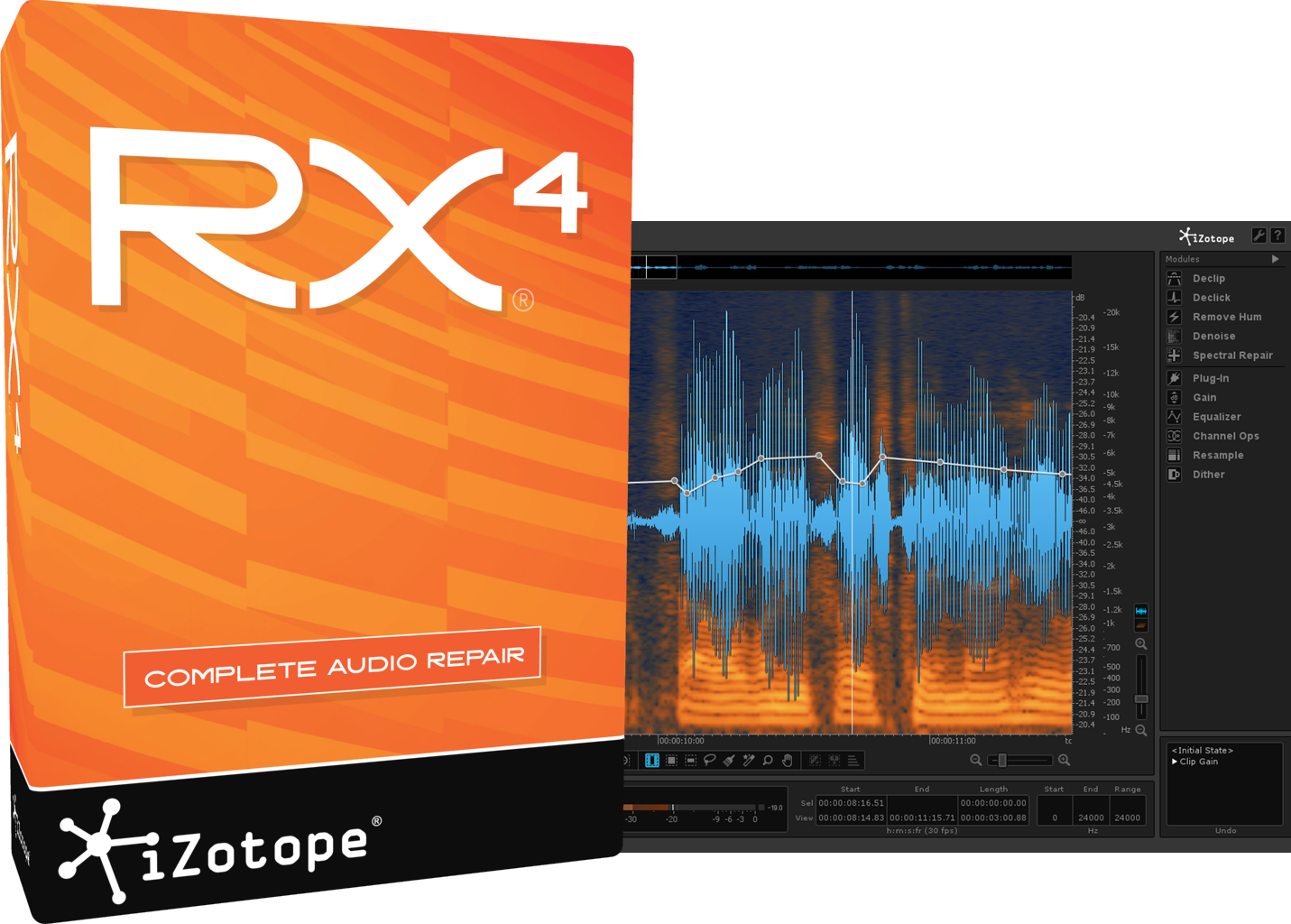

There are even a few computer sound cards that include a tube or two.Īudiophiles mostly agree that tube sets sound different from transistorized solid-state sets. As a result, manufacturers are stuffing tubes into every component imaginable, including CD players. As investments, 5-year-old tube sets and the tubes themselves sell at gains that best long-term stock market performance. Imported amplifiers or other components start at about $700, while American-made equipment can cost twice that or much more _ for the most exotic models, tens of thousands of dollars. Boutique tube electronics manufacturers are popping up faster than boy bands, and some mainstream audio companies are reintroducing tube gear to their product lines. The market for tube-based home hi-fi equipment is a small one, but it has grown steadily over the past decade. Like Vig, many audiophiles are willing to pay premium prices for weighty amplifiers with rows of hot, glowing tubes.

They continue to endear themselves to hi-fi hobbyists, who love the velvety tones they produce. Yet vacuum tubes _ glass bulbs with internal elements that control electricity in much the same way that silicon circuits do in modern electronics _ also have a following outside the professional recording studio.


 0 kommentar(er)
0 kommentar(er)
